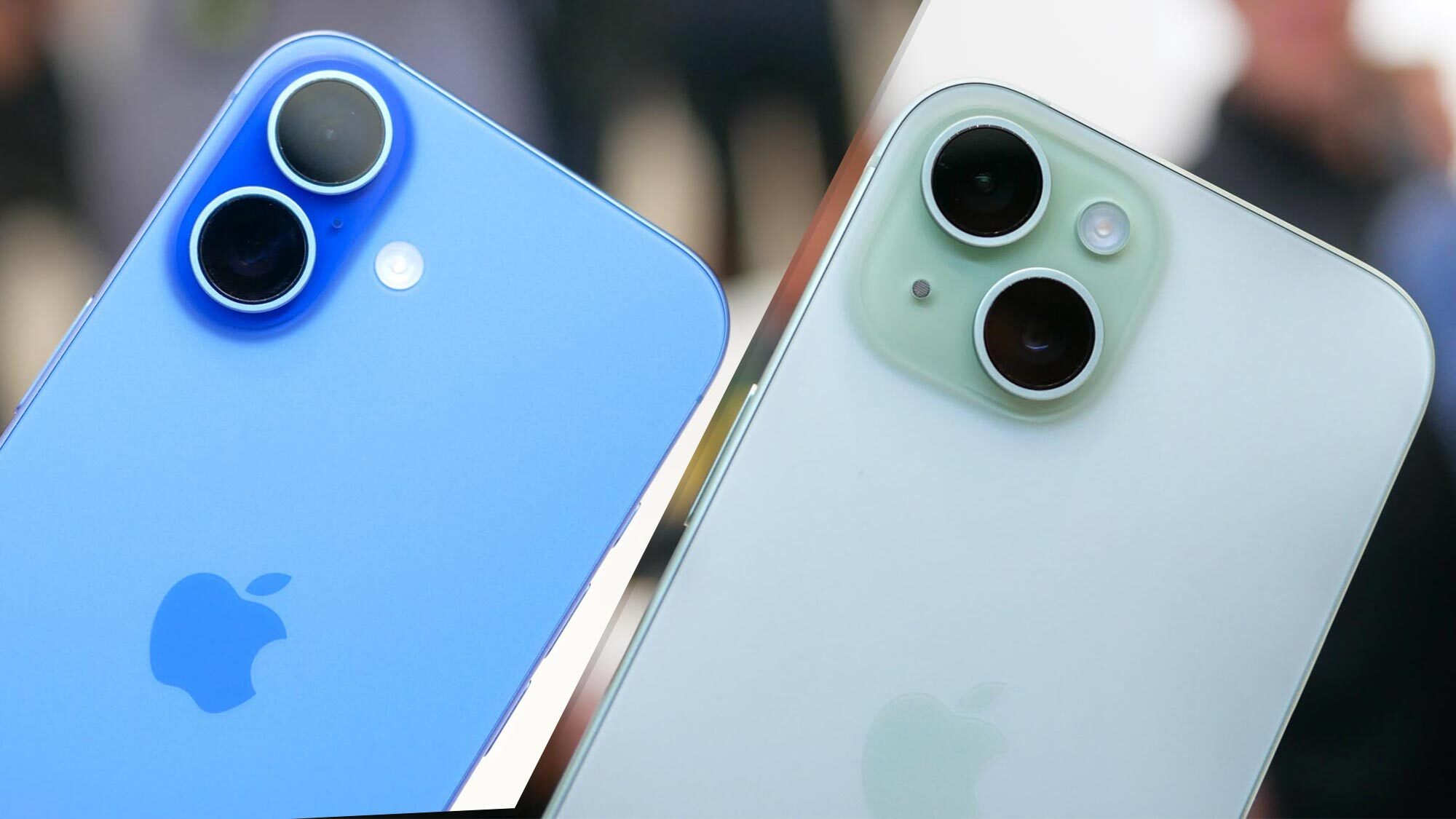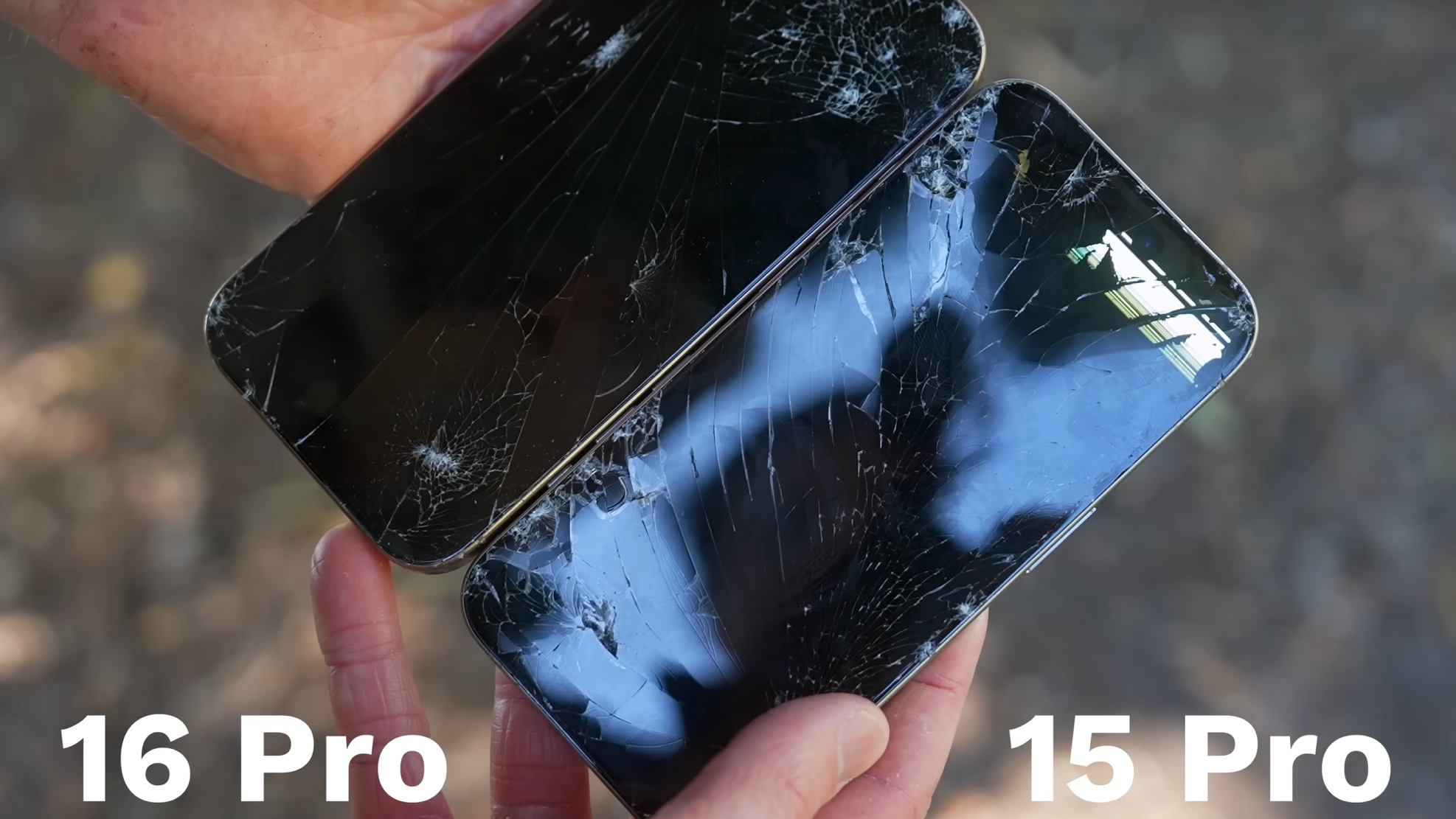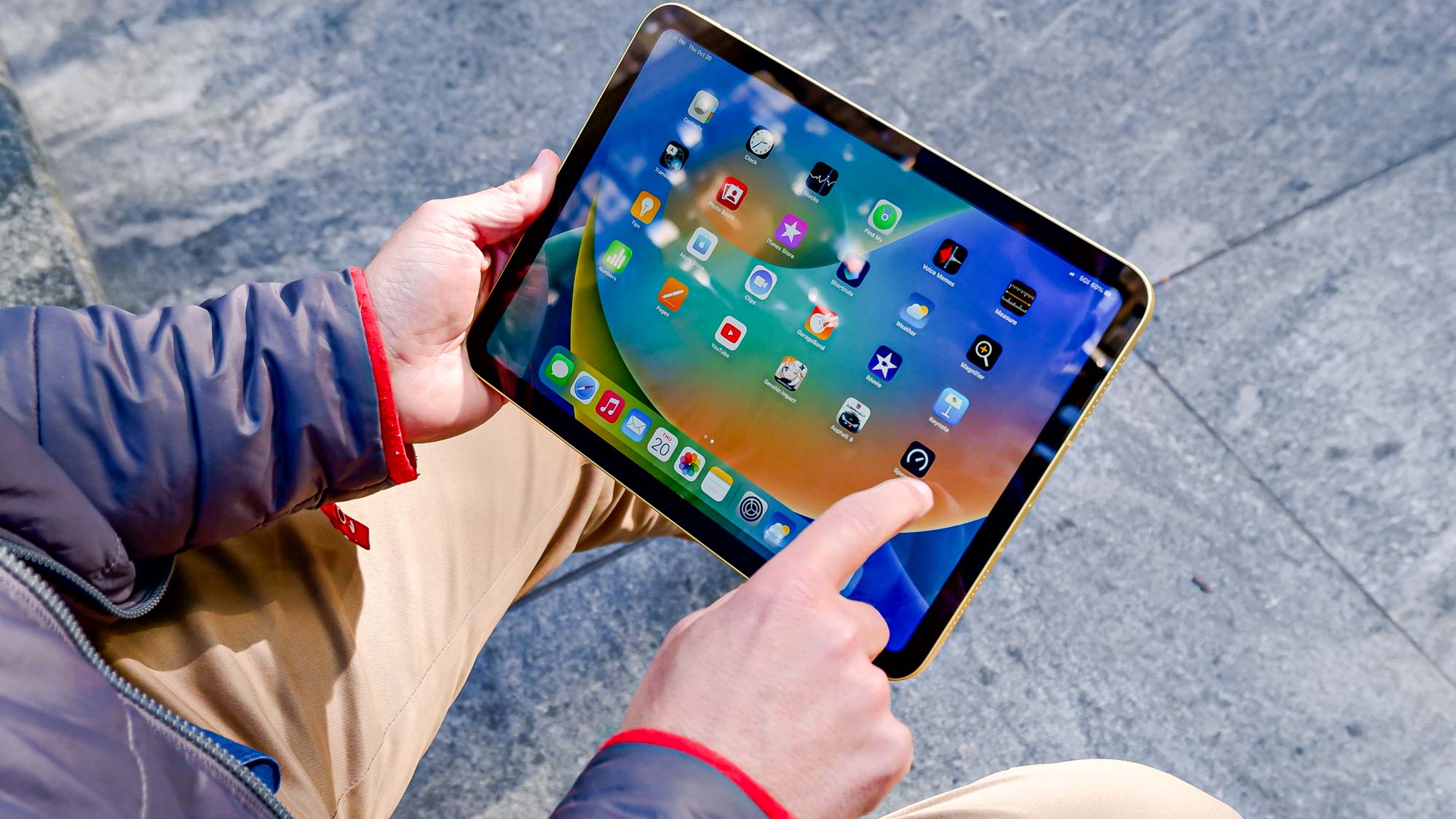The iPhone 16 has 3 major changes that make it much easier to repair — here's how
Apple's handsets are getting easier than ever to repair

A recent teardown by iFixithas revealed three design changes that make the iPhone 16 series the easiest to repair yet.
While there is an argument that smartphone design has stagnated recently, there is one area that is constantly changing. These alterations in internal construction won't be noticed by the average consumer, but they massively change how long a phone will last and how much we will have to pay for repairs. In a recent teardown, iFixit awarded the iPhone 16 series the highest repairability of any Apple device it's tested. Which is good news after a recent drop test revealed potential issues with the new thin bezels on the iPhone 16 Pro.
The first change is that Apple has indeed placed the battery in a hard steel case, instead of the more common soft pouch design. This means less chance of a battery being pierced by accident during a repair and starting a fire, which is much more common than you'd think. The second change is the new adhesive that secures the battery in place, which can be deboned with a small electrical current. This makes it easier to remove from the phone and lessens the potential damage to the rest of the device.

The third change, and one of the most interesting, is that Apple has made it so that the iPhone 16 Pro models can be deconstructed from the back and front. Apple has used this design feature before in the base iPhone 14 but this is the first time it has been used with a steel case battery. This makes it easier to find and replace faults without the threat of breaking the screen in the process, something that happens quite often. In turn, this means less waiting around for parts, and much faster repairs.
iFixit also praised the Repair assistant that came with iOS 18, which is designed to help calibrate and confirm either new or OEM parts for their device. In a blog post, iFixit stated: "When we tested it out with the iPhone 15 series earlier this week, we thought it was promising, if not quite ready for prime time," before stating, "But it worked impressively smoothly on our vanilla iPhone 16: one click to pair and calibrate all components at once, and no bugs to be found. "
With phones getting more expensive there's an added pressure to keep them running for as long as possible. While being easy to repair might not be a requisite to appear on our best phones list, it is certainly a factor that the average consumer should be thankful for.
More from Tom's Guide
- iOS 18 lets you protect your apps with Face ID — here's how
- iPhone 16 Pro pre-order delays — here’s the latest shipping dates
- Samsung Galaxy S25 Ultra leaks just tipped biggest design changes
Sign up to get the BEST of Tom's Guide direct to your inbox.
Get instant access to breaking news, the hottest reviews, great deals and helpful tips.

Josh is a staff writer for Tom's Guide and is based in the UK. He has worked for several publications but now works primarily on mobile phones. Outside of phones, he has a passion for video games, novels, and Warhammer.









